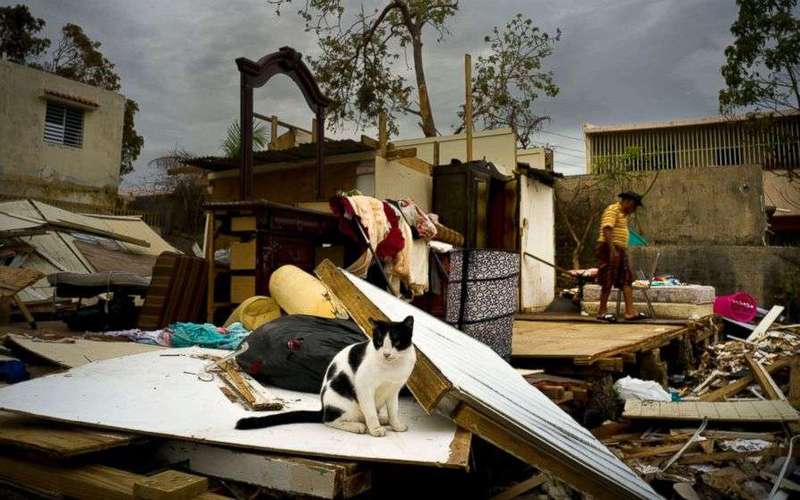Three weeks after Hurricane Maria made landfall, only 16 percent of Puerto Rico's residents have electricity, the Department of Defense said Wednesday.
Add Hurricanes as an interest to stay up to date on the latest Hurricanes news, video, and analysis from ABC News.
But the Puerto Rico Electric Power Authority said the number is more like 10 percent after an outage at one nuclear plant.
Power continues to be a No. 1 priority for Puerto Rico Gov. Ricardo Rossello and the Federal Emergency Management Agency (FEMA), the Pentagon said about the ongoing disaster relief efforts.
In preparation, the U.S. Navy's floating hospital, the USNS Comfort, arrived in Puerto Rico last week.
On Tuesday, the 894-foot-long ship departed San Juan for Aguadilla to conduct medical support operations, the Department of Defense said.
Approximately 13,600 Department of defense personnel are responding to hurricane relief efforts across Puerto Rico and the U.S. Virgin Islands. »











![image for [image] Don't worry](43a026fb-0a45-5028-b016-43f3b2598540_thumb.jpg)




